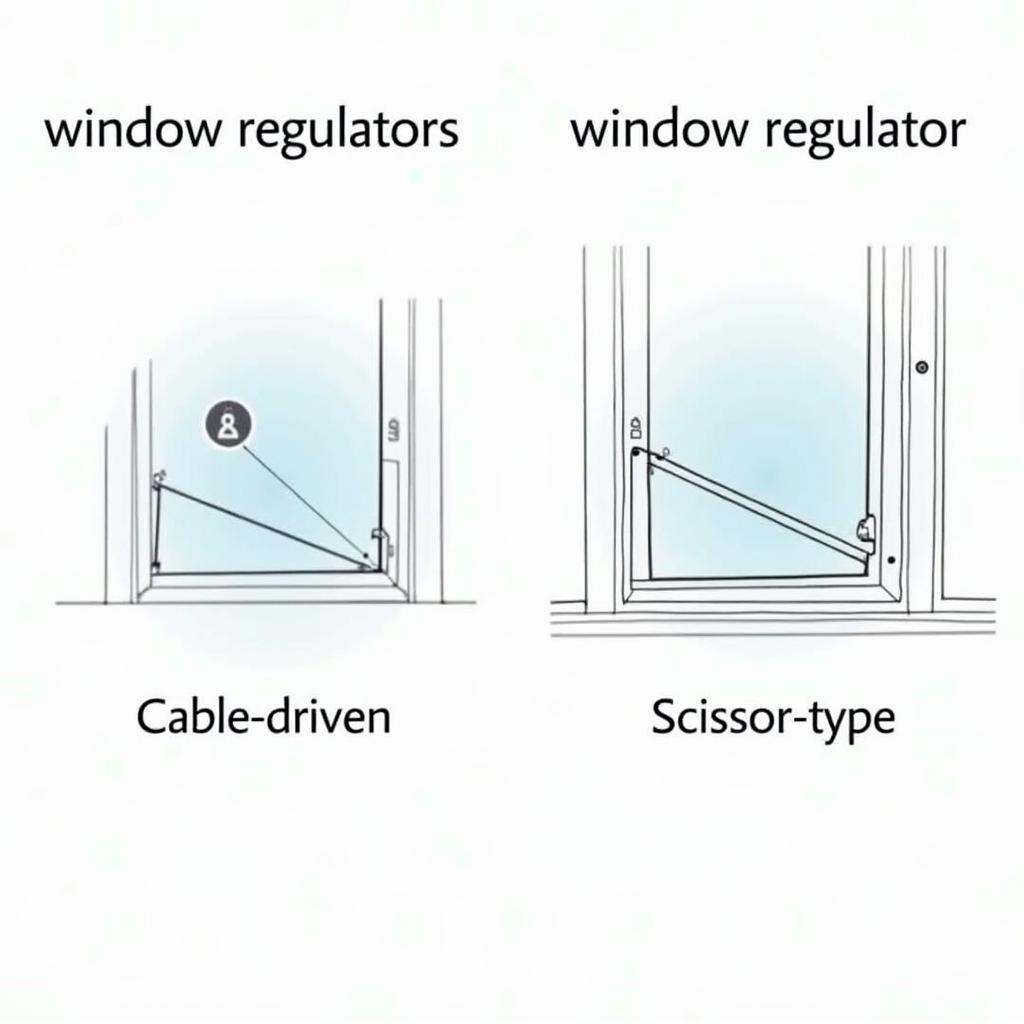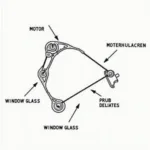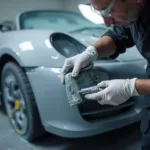Picture this: you’re cruising down the road, enjoying a beautiful summer day, and suddenly your car window gets stuck halfway down. It’s a frustrating scenario that many car owners experience at some point. While the issue might seem simple, the inner workings of electronic car windows involve a surprisingly intricate system of components. Understanding these components is essential for effective troubleshooting and repair.
This comprehensive guide delves into the world of electronic car window repair, exploring the key components, their functions, and common problems that can arise.
Inside Your Door: Unveiling the Core Components of Your Power Windows
Electronic car windows rely on a sophisticated network of components working in harmony. Here’s a breakdown of the key players:
1. The Powerhouse: The Window Motor
At the heart of the system lies the window motor, the driving force behind the entire operation. This small yet mighty electric motor converts electrical energy into mechanical energy, providing the necessary torque to raise and lower the window.
2. The Lifting Mechanism: The Window Regulator
Connected to the motor, the window regulator acts as the lifting mechanism. It typically consists of a system of gears, cables, or levers that work together to move the window glass up and down within its track.
Cable-Driven Regulators:
These regulators utilize cables and pulleys to move the window. They are known for their cost-effectiveness and simplicity.
Scissor-Type Regulators:
As the name suggests, these regulators employ a scissor-like mechanism of arms and hinges. They are generally considered more durable and robust.
3. The Control Center: The Window Switch
Providing you with the command over your windows, the window switch is the interface between you and the electrical system. When you press or pull the switch, it completes an electrical circuit, sending power to the motor to activate the window movement.
4. Guiding the Motion: The Window Tracks and Channels
Ensuring smooth and stable movement of the window glass, the window tracks and channels play a crucial role. These tracks are typically made of metal or plastic and are lined with a felt or rubber material to minimize friction and reduce noise.
Common Culprits: Identifying Issues in Electronic Car Window Systems
Just like any mechanical system, electronic car windows are susceptible to wear and tear, leading to various problems. Here are some common issues and their potential causes:
-
Window Won’t Move: This could be due to a blown fuse, a faulty window switch, a malfunctioning motor, or a broken regulator.
-
Window Moves Slowly: Worn-out regulator cables, dry or damaged window tracks, or a weak motor can cause sluggish window movement.
-
Window Makes Grinding Noise: This often indicates a problem with the regulator mechanism, such as worn gears, frayed cables, or a misaligned track.
-
Window Slips Down: If your window doesn’t stay up, the regulator mechanism might be worn out, or the window track could be damaged.
Seeking Expert Assistance: When to Call in the Pros
While some electronic car window repairs can be tackled by DIY enthusiasts, certain issues require the expertise of a qualified mechanic. If you’re uncomfortable working with electrical systems or lack the necessary tools, it’s best to seek professional help. Additionally, if the problem lies within the window motor or regulator, professional repair is often a more reliable and cost-effective solution in the long run.
Conclusion: Navigating the World of Electronic Car Window Repair
Understanding the basic components of your car’s electronic window system is the first step towards effective troubleshooting and repair. While some issues can be addressed with simple fixes, others necessitate the skills of a trained mechanic.
By familiarizing yourself with the information presented in this guide, you’ll be better equipped to diagnose problems, communicate effectively with mechanics, and make informed decisions regarding your car window repair needs.



